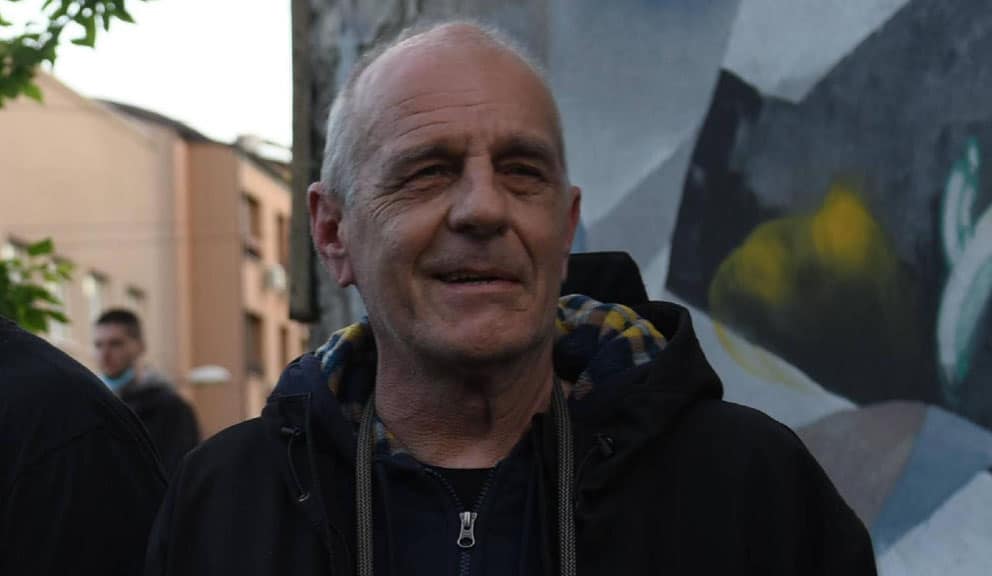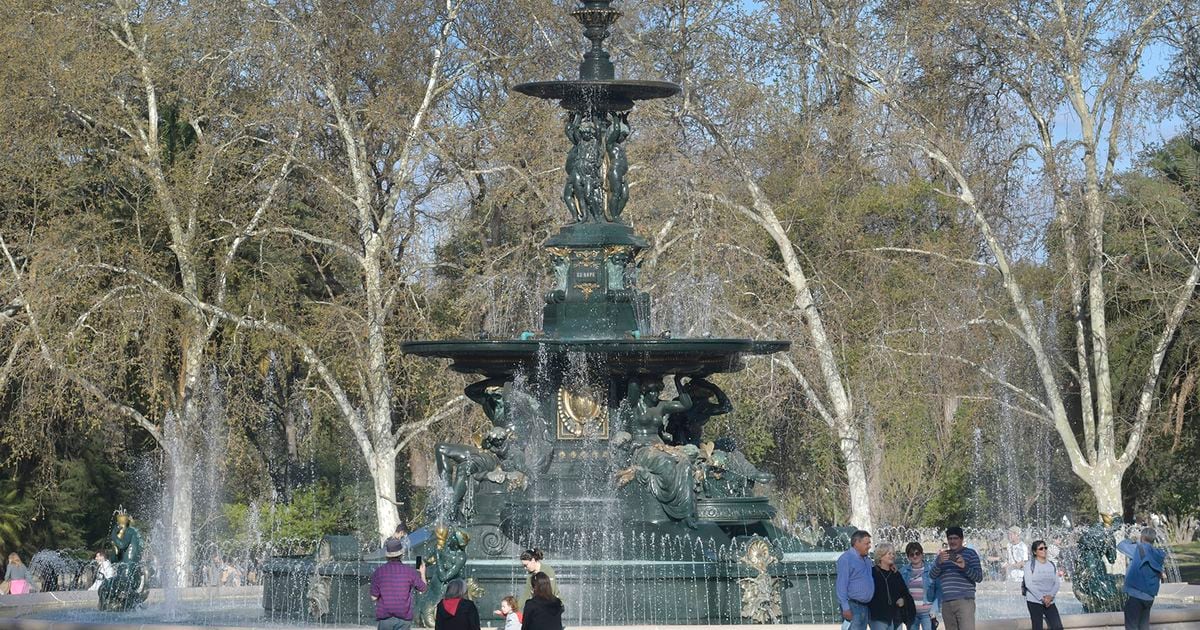Stimulate gas production from small fields in the Netherlands. These are an important element for the gas supply in the Netherlands. This is what Jilles van den Beukel and Lucia van Geuns write in a study by The Hague Center for Strategic Studies.
The two researchers have issued a number of recommendations made to the government. The reason is that the cabinet plans to stop gas extraction in Groningen as of 1 October next year. The security of supply of gas is therefore no longer a given, according to the agency. It also means that more gas has to be imported. This is a problem with the price increase of gas.The researchers recommend stimulating production from small fields. “It is not about the small gas fields in Drenthe specifically, but throughout the Netherlands,” says Jilles van den Beukel. “It concerns a third of the total Dutch gas consumption.” Not producing from those small fields means importing more. “Especially from Russia.” According to Van den Beukel, this has several disadvantages: financially, security of supply and because of the climate. “Dutch gas emits relatively few greenhouse gases during production and transport. With Russian gas, that is much more.” Quakes
More gas production from small fields does not immediately mean more earthquakes, according to Van den Beukel. “I can imagine that people are worried, but it’s about the trade-off that a country makes. You have to increase a certain risk of tremors.” According to him, the chance of an earthquake in a small gas field is relatively small. “Of the 500 small gas fields in the Netherlands, thirty have caused earthquakes. At the moment, fifteen of the 300 small gas fields are still in production.”
Van den Beukel states that it is best to stop all Dutch gas production. There is a price tag attached to that, he warns. Gas prices have risen sharply recently. “The price is now 150 euros per megawatt hour. That is converted to oil 300 dollars per barrel. A huge amount.”
Gas storage Langelo
In addition to stimulating small gas fields, the study states that it is also sensible to expand the existing commercial gas storage in Langelo. preserve. And even expand it if necessary. The research bureau writes that the gas storage in Langelo is essential for security of supply in the winter. This also applies to the gas storage in Grijpskerk and Bergermeer near Alkmaar. The gas storage in Langelo can accommodate 6 billion cubic meters.
The study also argues for a minimum filling level of the gas storage. A number of countries in Europe have already introduced regulations to ensure that gas storage facilities are properly filled at the start of the winter. The Netherlands leaves this entirely to the market. The researchers propose a minimum of 80 percent and “preferably 90 percent” as of October 1.
Stimulate gas production from small fields in the Netherlands. These are an important element for the gas supply in the Netherlands. This is what Jilles van den Beukel and Lucia van Geuns write in a study by The Hague Center for Strategic Studies.
Quakes
More gas production from small fields does not immediately mean more earthquakes, according to Van den Beukel. “I can imagine that people are worried, but it’s about the trade-off that a country makes. You have to increase a certain risk of tremors.” According to him, the chance of an earthquake in a small gas field is relatively small. “Of the 500 small gas fields in the Netherlands, thirty have caused earthquakes. At the moment, fifteen of the 300 small gas fields are still in production.”
Van den Beukel states that it is best to stop all Dutch gas production. There is a price tag attached to that, he warns. Gas prices have risen sharply recently. “The price is now 150 euros per megawatt hour. That is converted to oil 300 dollars per barrel. A huge amount.”
Gas storage Langelo
In addition to stimulating small gas fields, the study states that it is also sensible to expand the existing commercial gas storage in Langelo. preserve. And even expand it if necessary. The research bureau writes that the gas storage in Langelo is essential for security of supply in the winter. This also applies to the gas storage in Grijpskerk and Bergermeer near Alkmaar. The gas storage in Langelo can accommodate 6 billion cubic meters.
The study also argues for a minimum filling level of the gas storage. A number of countries in Europe have already introduced regulations to ensure that gas storage facilities are properly filled at the start of the winter. The Netherlands leaves this entirely to the market. The researchers propose a minimum of 80 percent and “preferably 90 percent” as of October 1.
Gas storage Langelo
Note: This article have been indexed to our site. We do not claim legitimacy, ownership or copyright of any of the content above. To see the article at original source Click Here













/cloudfront-us-east-2.images.arcpublishing.com/reuters/W66Z4SDJ5BLYTLG3C5ZHY4XOAU.jpg)